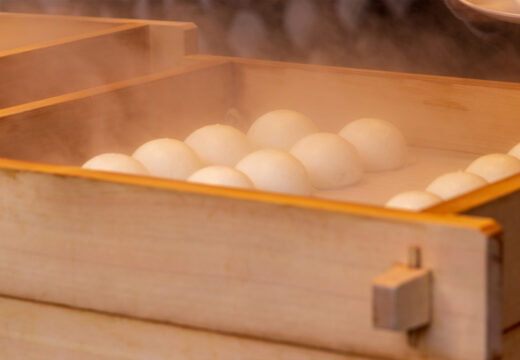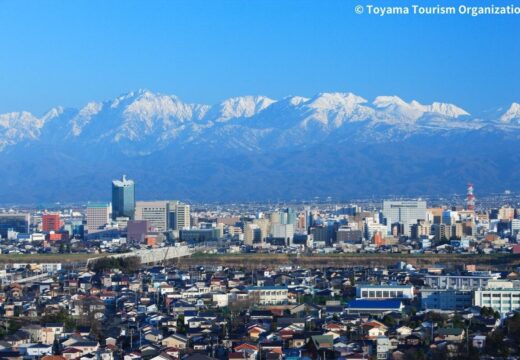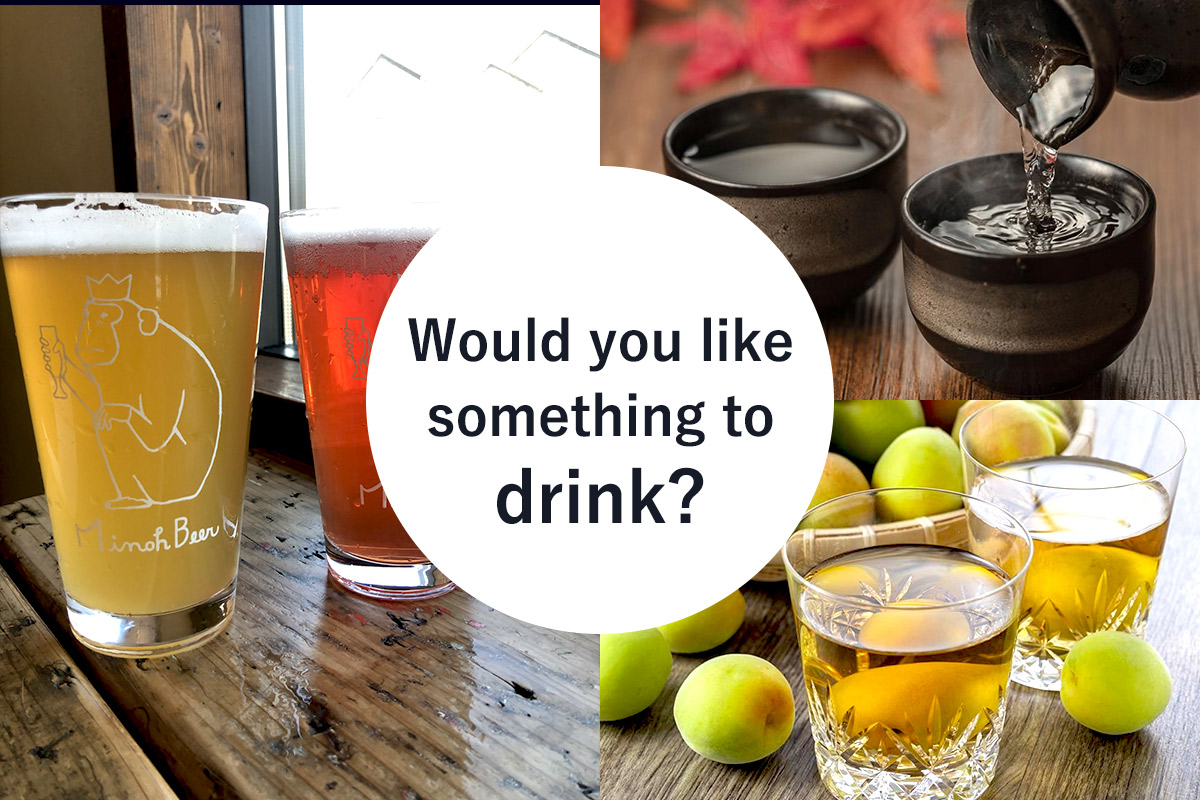
How much do you know about liquor made in Japan?
In this article, we will introduce five “Japanese Liquor Types” that you should definitely try when you come to Japan.
Sake is one of the world’s major beverages.
In Europe and the U.S., it is also called “rice wine,” and as the name suggests, it is made from rice.

It’s a drink that can only be made in a country where rice farming is thriving.
The average alcohol content is about 15 to 16 degrees, and it is generally drunk as is, without being broken.
It can be served chilled, at room temperature, or warmed.
The recommended temperature will vary depending on the sake.
Well, here’s a quiz for you!
The first step in making sake is to process the rice. Which of the following is it?
(1) Polish the rice
(2) Beat the rice.
(3) Freeze the rice.
(4) Burn the rice.

The correct answer is…
(1) “Polish”!
Polishing the surface of the rice removes the outer lipids and proteins.
The more you polish it, the more the bitterness and aromatic peculiarities will be removed, and you’ll end up with an easy to drink, clean taste.
On the label of the sake bottle, it says roughly what percentage of the rice has been removed.
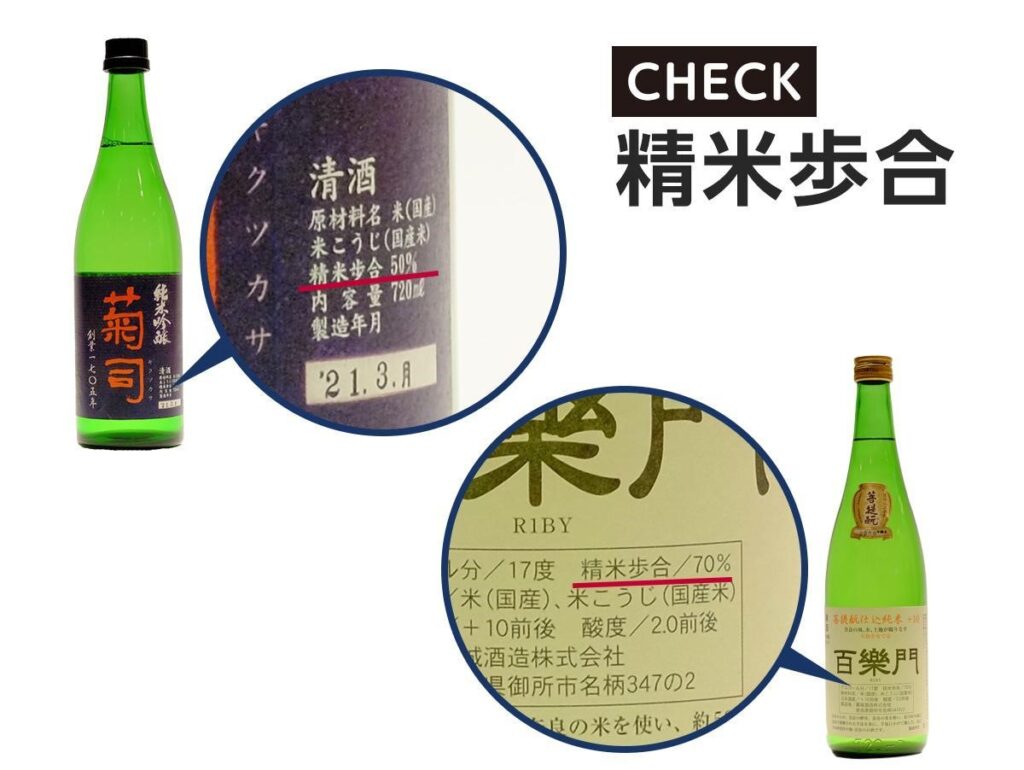
Check the part that says “精米歩合(Sei-mai-buai)”.
*ratio indicating the quantity of polished rice gained from a given quantity of brown rice (nowadays usually expressed as a percent)
The more carefully it is polished, the more time it takes, and the higher the price of the product.
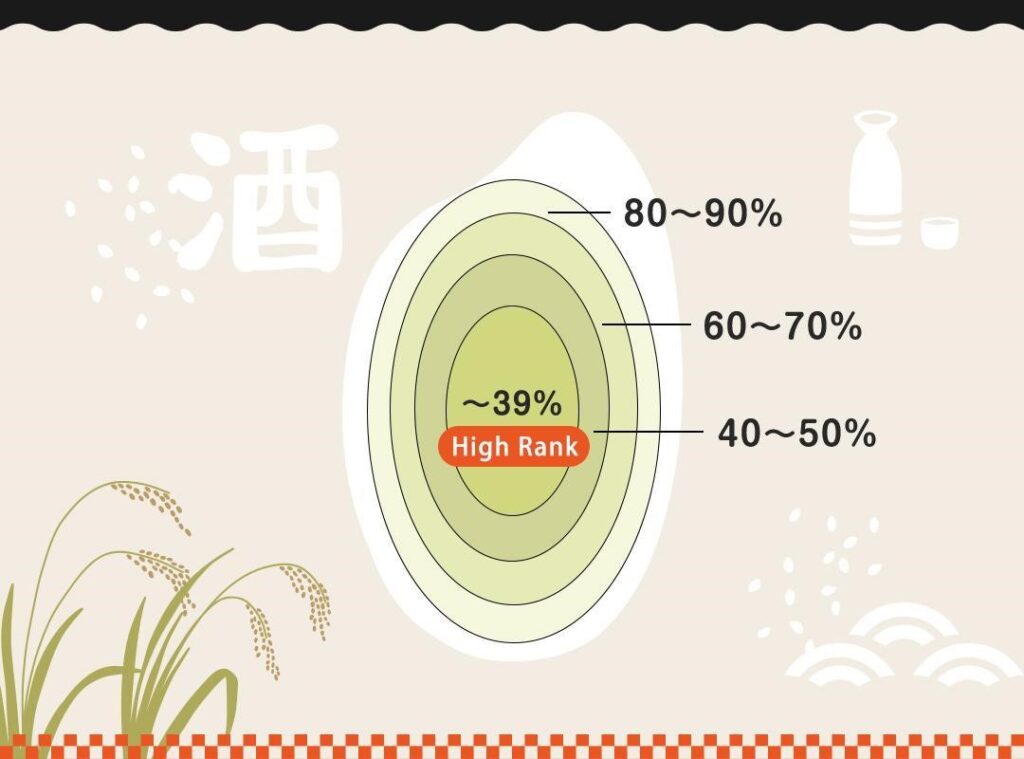
Sake is made in various regions of Japan, and each region has its own unique flavor.
Some breweries offer tours and tasting experiences for foreign tourists!
Plum wine is popular among Japanese youth and women.
Nowadays, fruit wine is becoming the focus of attention among Japanese alcoholic beverages.
In particular, plum wine, which is made in Japan, is said to be popular among people overseas.
In fact, the flavor of plum wine made in Japan differs greatly depending on the base alcohol.
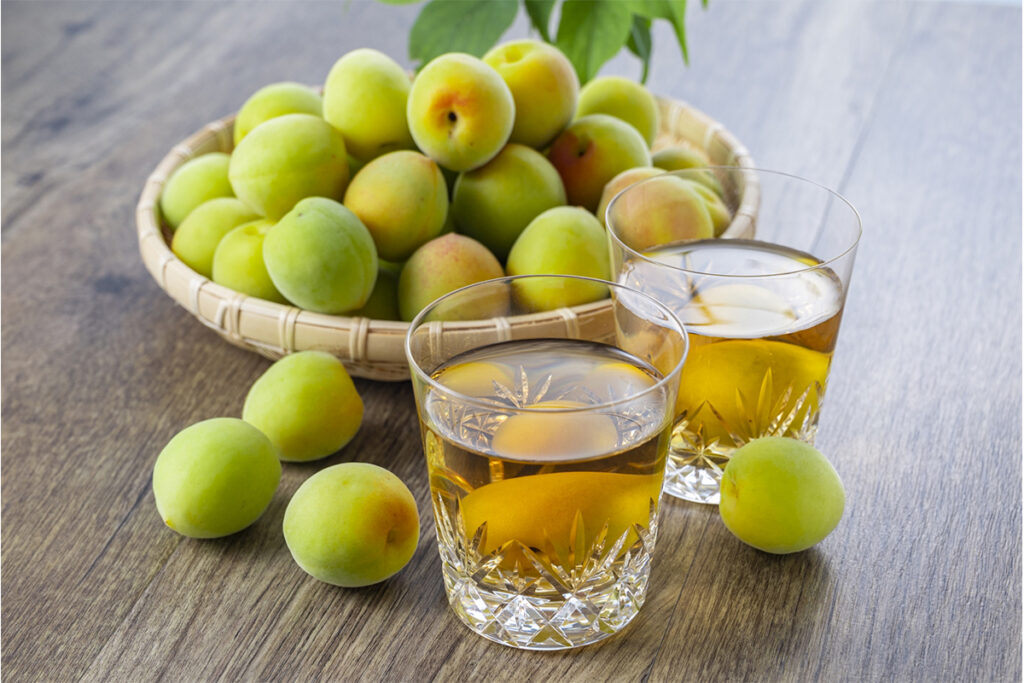
Plum wine made with white liquor is the most standard, but I would like to recommend plum wine made with Japanese sake.
Sake based plum wine is characterized by the aroma of the plums mixed with the umami and sweetness of the rice in sake, resulting in a rich flavor.
It is recommended to drink it on the rocks, and when the ice melts, it has a very mild taste.
Delicious to drink until the end.
I recently had a very delicious plum wine made in Nara.
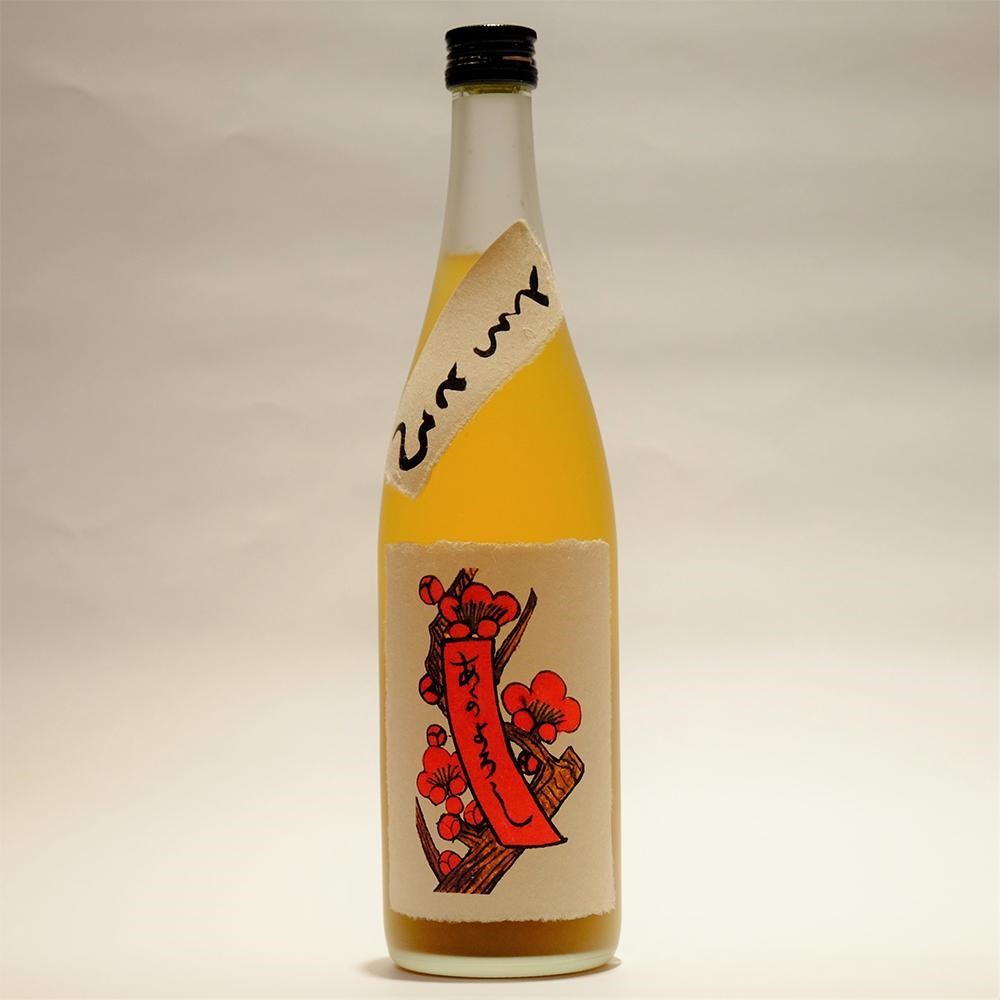
This plum wine is called “Toro Toro no Umeshu(Mellow Plum Wine)”.
It has no astringency at all, and is rich in fully ripe plum pulp!
There is no “sourness!” as is often the case with plum wine, and the flavor of the plums is packed to the brim.
I’ve written about plum wine before, if you’d like to read about it.
“Fruit wine” made from plenty of Japanese sweet fruits.
Did you know that there are a variety of fruit wines other than umeshu(plum wine)?
You can find apple wine, peach wine, lemon wine, and of course, Japanese style fruit wine.
For example, tangerine wine!
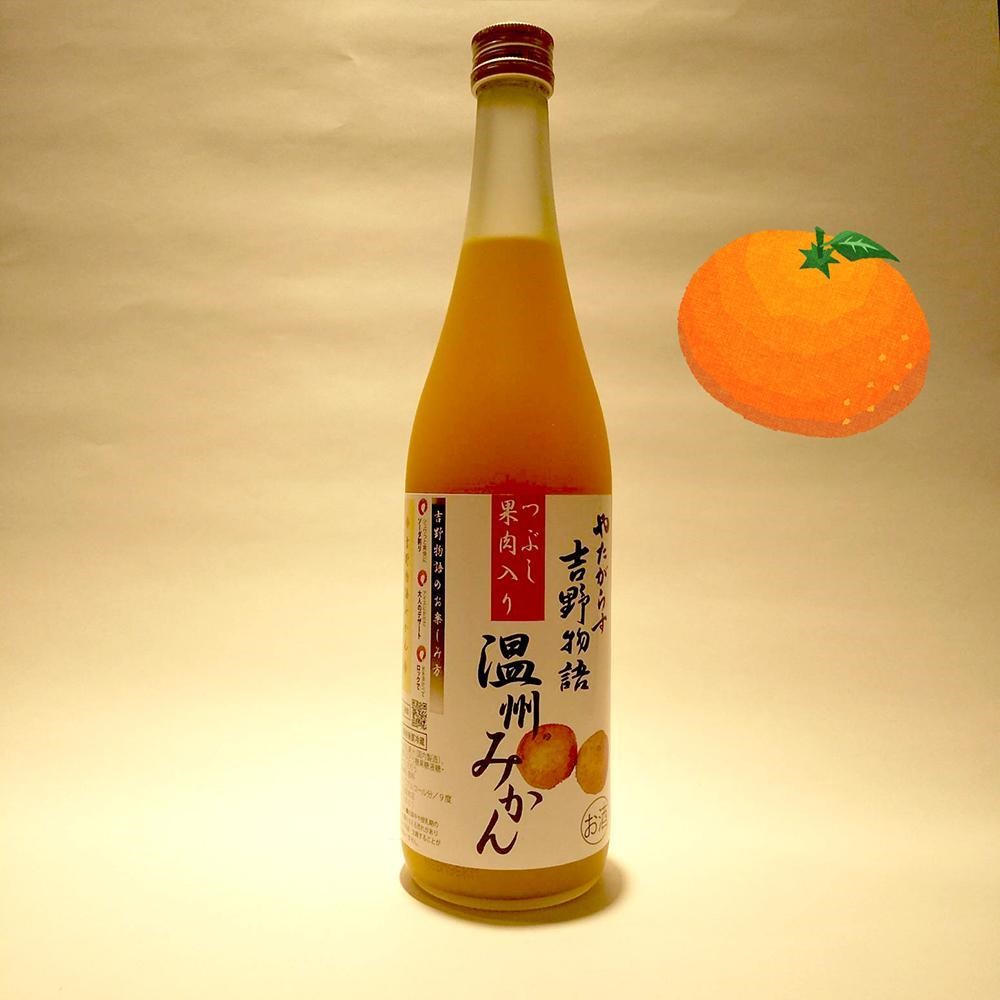
Persimmon liquor is also available.
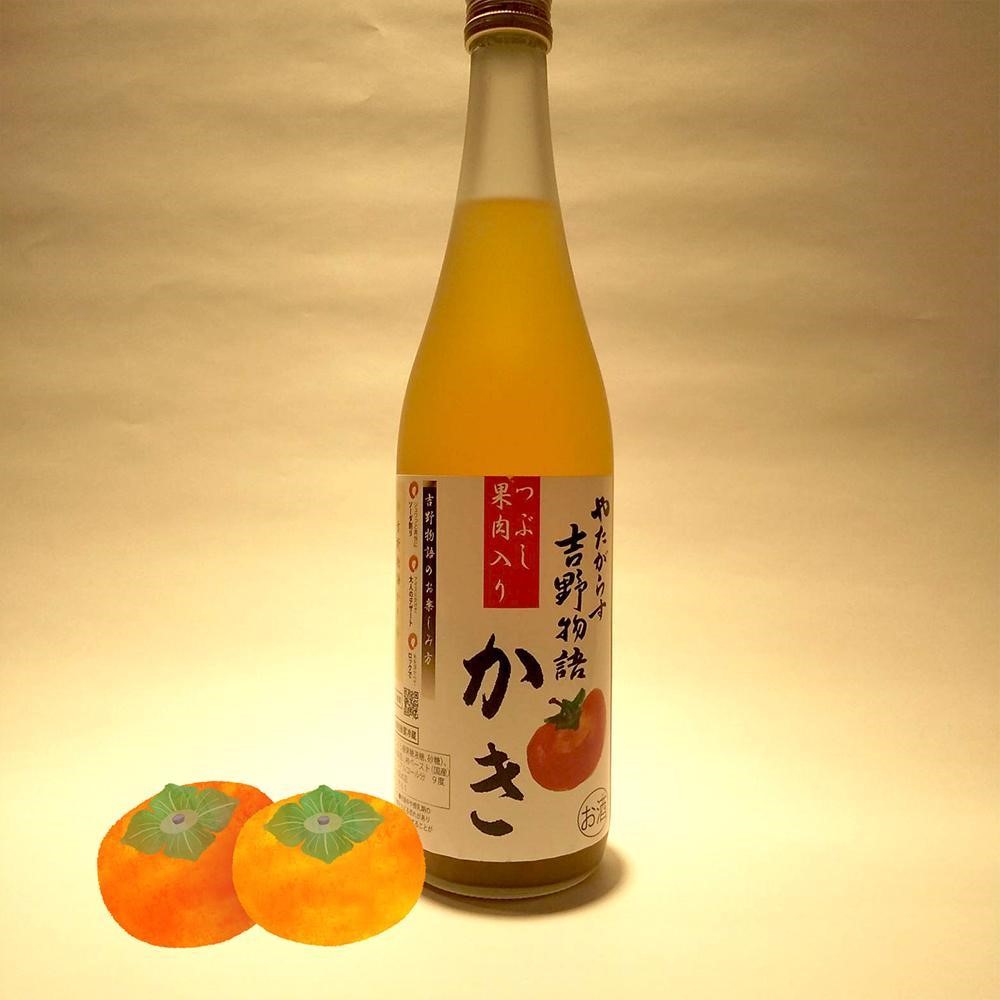
After years of breeding, the persimmons sold in Japanese supermarkets are so sweet and delicious!
This sweetness has been used to create a sweet, sweet sake.
Each region of Japan harvests different fruits, which vary in sugar content, flavor, and acidity.
When traveling, be sure to take a look at the fruit wine sold in the area, so you can enjoy the local flavor more.
The photo of the fruit wine was borrowed from a liquor store in Nara Prefecture called “Momo Taro”!
I heard that they have started to sell their products online, so if you are interested, please try to purchase them!
*It says it can be shipped overseas!
Toro Toro no Umeshu(Mellow Plum Wine)
https://momotaro.hako-bu.net/product/5125
tangerine wine
https://momotaro.hako-bu.net/product/5031
Persimmon liquor
https://momotaro.hako-bu.net/product/5154
“Local beer” with a variety of tastes
Beer has a unique taste in each country.
There are many beers sold in Japan as well.
Buying canned beer at supermarkets and convenience stores is fine, but I recommend local beers that are only available in the area.
In particular, I have never seen black beer or fruit beer sold in supermarkets or convenience stores.
They’re often sold exclusively at each brewery, or in souvenir stores!
I drank “Minoh Beer” the other day.
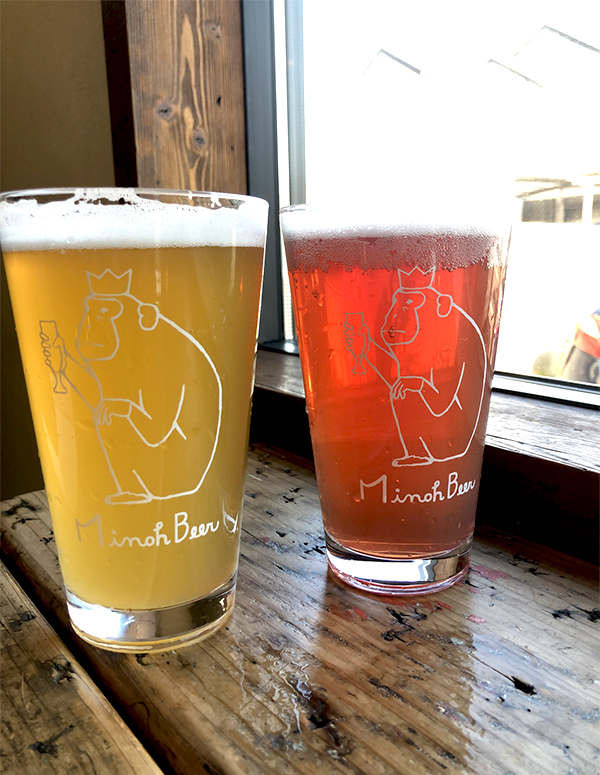
A brewery located in Osaka, Japan. The Italian friend I went with was very impressed with the Minoh beer.
Shochu, a drink enjoyed by mixing it with hot water or soda
Shochu, also known as the “Japanese version of vodka,” is a liquor made from a variety of ingredients!
The alcohol content varies, but it is generally sold at around 20 or 25 degrees.
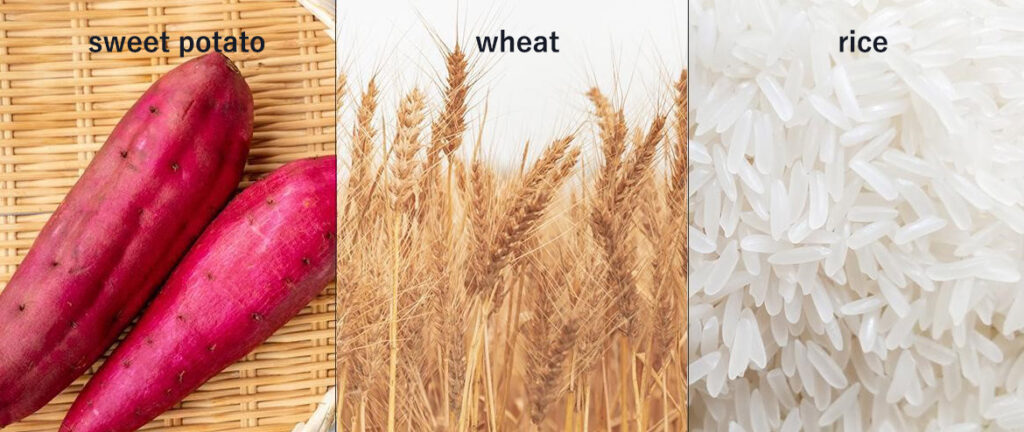
Sweet potato shochu made from sweet potatoes
Perfect for drinking with hot water.
You can smell the sweet aroma of sweet potatoes with the steam.
Barley shochu with no peculiarities
It is a drink that is often mixed with tonic water.
Awamori, Okinawa’s local shochu
This shochu is actively produced in Okinawa, Japan. The main ingredient is Thai rice.
The more it matures, the more fragrant and mellow it becomes, and in Okinawa, the aged Awamori is called “kusu,” which is very useful.
In addition, shochu is made from a variety of other ingredients such as brown sugar, chestnuts, potatoes, and shiso!
The liquor available in each region changes, so be sure to check the alcohol menus at restaurants and hotels.
Come on, let’s drink!
In this article, I have introduced some of the common types of Liquor available in Japan.
Did you find one that interests you?





